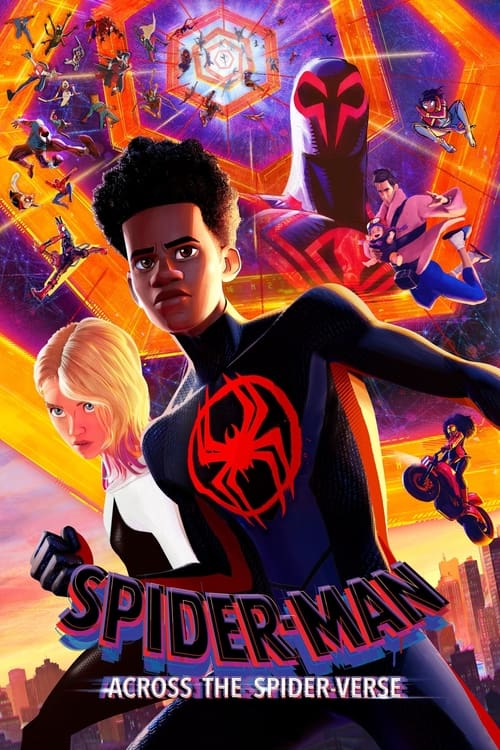

6.3
Summary
Several pillars of society have robbed an Army safe containing $100,000 so they can buy the land upon which the coming railroad will be built. But they haven't reckoned on the presence of the master gunslinger, Sabata.
Cast

Lee Van Cleef
Sabata

William Berger
Banjo

Ignazio Spalla
Carrincha

Aldo Canti
Indio

Franco Ressel
Stengel

Antonio Gradoli
Ferguson

Linda Veras
Jane

Claudio Undari
Oswald

Gianni Rizzo
Judge O'Hara
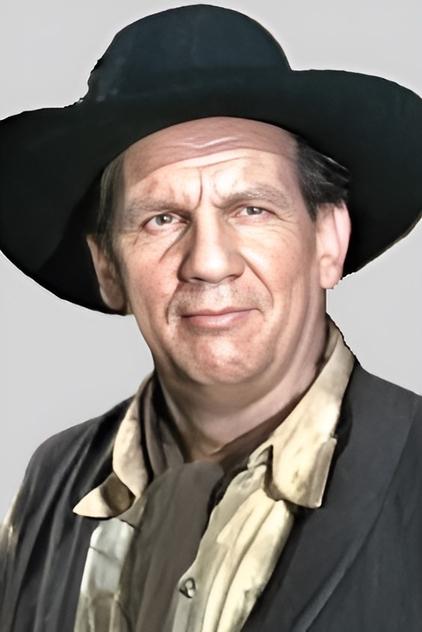
John Bartha
Sheriff

Romano Puppo
Rocky Bendato
Crew
Director, Screenplay, Story
Gianfranco Parolini
Screenplay, Story
Renato Izzo
Reviews
Wuchak
March 22, 2018
5
Spaghetti Western with Lee Van Cleef in the mold of Sergio Leone’s Man with No Name trilogy.
RELEASED IN 1969 and directed by Gianfranco Parolini, “Sabata” chronicles events in a west Texas town when a black-clad gunfighter named Sabata (Lee Van Cleef) teams-up with an alcoholic ex-soldier named Carrincha (Ignazio Spalla) and an acrobatic Indian (Bruno Ukmar) to thwart the town leaders (Antonio Gradoli & Gianni Rizzo) who want to steal $100,000 from their own bank to purchase land that the encroaching railroad will cross. William Berger plays a minstrel of dubious loyalties while Franco Ressel is on hand as the effeminate heavy. Linda Veras appears as the stock saloon babe.
This was the first of the official Sabata trilogy released in 1969-1971. There were four other Sabata films released in 1970-1972, but they were considered unofficial imitations. The only other Sabata flick I’ve seen is the third imitation one, "Dig Your Grave, Friend... Sabata's Coming,” with Raf Baldassarre in the eponymous role. While that one lacked Van Cleef, the story is more compelling than this debut.
“Sabata” starts promisingly enough with a colorful cast of characters and an innovative bank robbery, but the story bogs down in the second act and tries to make up for it with an action-packed climax and typical Italo Western epilogue (think “The Good, the Bad and the Ugly”). Speaking of which, “Sabata” is reminiscent of Sergio Leone’s Dollars trilogy. Van Cleef simply takes over the Eastwood role while Spalla is basically a re-dressed Tuco.
Thankfully, there are original elements, like the acrobatic Native and the effeminate kingpin. Still, as with most Spaghetti Westerns, the characters are cardboard-thin caricatures rather than three-dimensional people, which limits their appeal and prevents the story from having much suspense. The usual goofy absurdities don’t help.
THE MOVIE RUNS 1 hour 51 minutes and was shot in Almería, Spain and (studio) Rome. WRITERS: Parolini and Renato Izzo.
GRADE: C
Media
Status:
Released
Original Language:
Italian
Budget:
$0.00
Revenue:
$0.00
Keywords
Recommendations

Yellow Sky
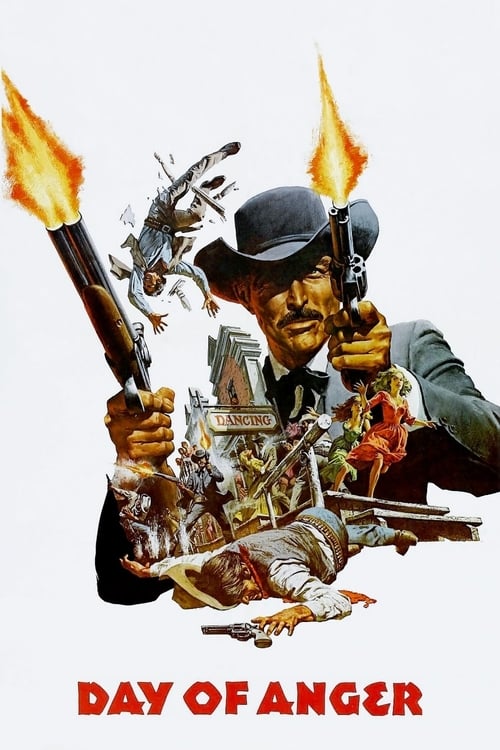
Day of Anger

Wedlock

Run, Man, Run
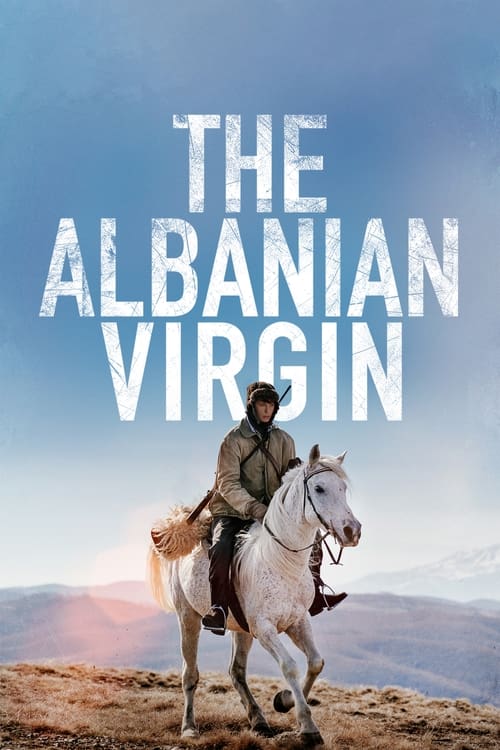
The Albanian Virgin

Savage Guns

Witnesses

Towards the Sun

Return of Sabata

Quiz Lady

The Lords of Salem

My Name Is Nobody

The Host

Carrie
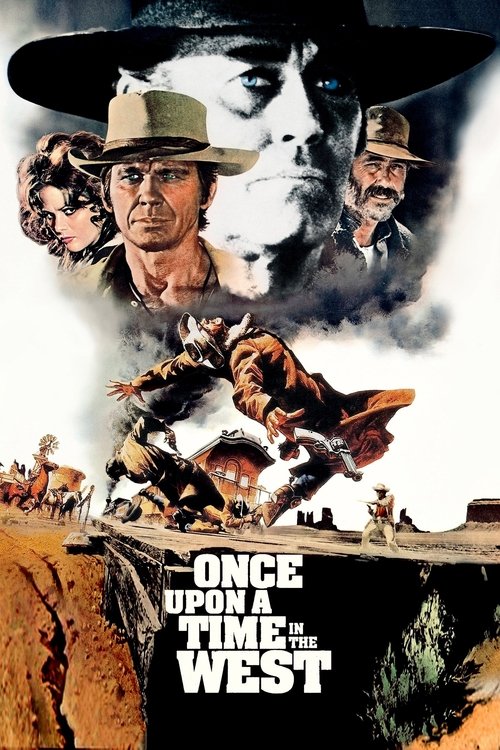
Once Upon a Time in the West

The Great Wall

Godzilla Minus One

Interstellar

BlacKkKlansman
